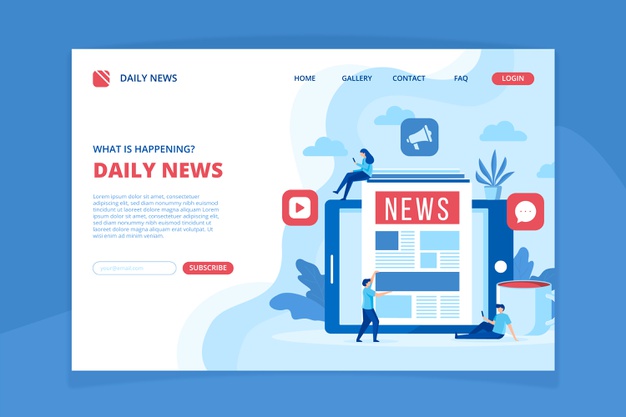Venturing into the competitive world of software and application development can be a daunting yet rewarding task.
Right from the get-go, you are faced with a myriad of possibilities and options… from making sure that your solution can cover a common problem to whether it can gain one-upmanship over potential rivals, from picking a software outsourcing partner to using a DIY platform, or creating beautiful, simple and easily navigable interfaces.
But most importantly, the success of your application will revolve around the platform that you build your software. A platform that seamlessly blends framework, technology, and architecture to ensure an immaculate functioning of your software features.
Whether you’re a techie or non-tech entrepreneur, at one time or another you may have had the inkling to bring your software idea to life. Read on, as we guide you through the right steps to ensure a big-bang delivery of your software with the right platform:
Make users validate the platform
You may have built a native mobile app, but are losing a lions-share of your customers because you failed to initially recognize the need to capture them on the web-platform. With a thorough user validation program, you may have uncovered that a progressive web application would have been the right fit.
Often, entrepreneurs are blindsided by their intuitions in selecting a platform. The result often amounts to software riddled with complexities and features that no one uses.
This is because of the absence of an actual feedback loop and MVP releases that deliver the software in small incremental cycles for user validation.
Software that does not conform to a user’s requirement may require a complete refactor of the platform that it was built on – alleviating expenses and making a negative first impression on customers.
An effective user-validation program often comprises of:
- In-depth market research
- Analyzing channel distribution of customer segments (web or mobile)
- Incremental MVP releases
- Testing prototypes with target users
Explore all options:
With a plethora of options available, it has become increasingly imperative to understand the extensive development and deployment options that each platform brings.
From off-the-shelf reusable code libraries to creating custom code or selecting a backend structure on the cloud to ensure easy access, multi-tenancy and security. Some platforms include:
- Operating platform (iOS, Android, Windows),
- Automation platforms (AI and analytics)
- Cloud platform (PaaS, Google Cloud, AWS)
- Mobile platforms (Native, hybrid, web apps, progressive application)
- Database Platform (Oracle, MySQL, MongoDB)
Platform that serves its purpose:
Whether you’re building a simple native iOS app or a complex web app, your integrated development environment should provide programmers and developers with a specific set of tools that is concurrent to their domain expertise and can accommodate the features explicit to your product vision.
First-off, learn about the technology adoption cycle of your software and where it fits in, then consider each feature and technology stack needed to build each feature.
Pick the right technology by asking the right questions like:
Does your app need to scale up?
Are privacy and security a big deal?
These will give you the answers to align all your ducks in a row.
But specificity can also be rigid, which is why you need to ensure that your SDLC is based on agile frameworks. Agile delivers a complete product iteratively – making sure that the products bear popular customer suggestions, is constantly bug-free and is updated to the latest technologies.
Bring in the Experts:
Bug fixes and errors are commonplace in the software development cycle. But is your team stacked with the knowledge to swiftly handle a crisis?
It is a fact that most companies developing software hit a wall when it comes to skill-set. This goes back again to choosing a platform that can easily adapt to your team’s proficiency. But what if the software you’re creating requires unique features that only expert hands can fathom.
The viable alternative is to turn to highly efficient software outsourcing partners with the proven skill set to navigate through any complexity posed either by existing or newer platforms.
Most companies are easily swayed by ballpark quotes and turn to the cheapest alternative they can find – making this a road map for disaster
Investing in seasoned professionals who not just develop software but work hand-in-hand with your business and marketing strategy should ideally prove successful in the long run.
Look for a partner that is willing and able to give you their technological suggestions and creative discourse, have a proven track record of handling software start-ups and are equipped with experts well-versed with front-end and back-end technologies.
If you are looking for the right partner to build a platform that encompasses any level of complexity. Reach out to us and we’ll help you in articulating a successful software venture.


















